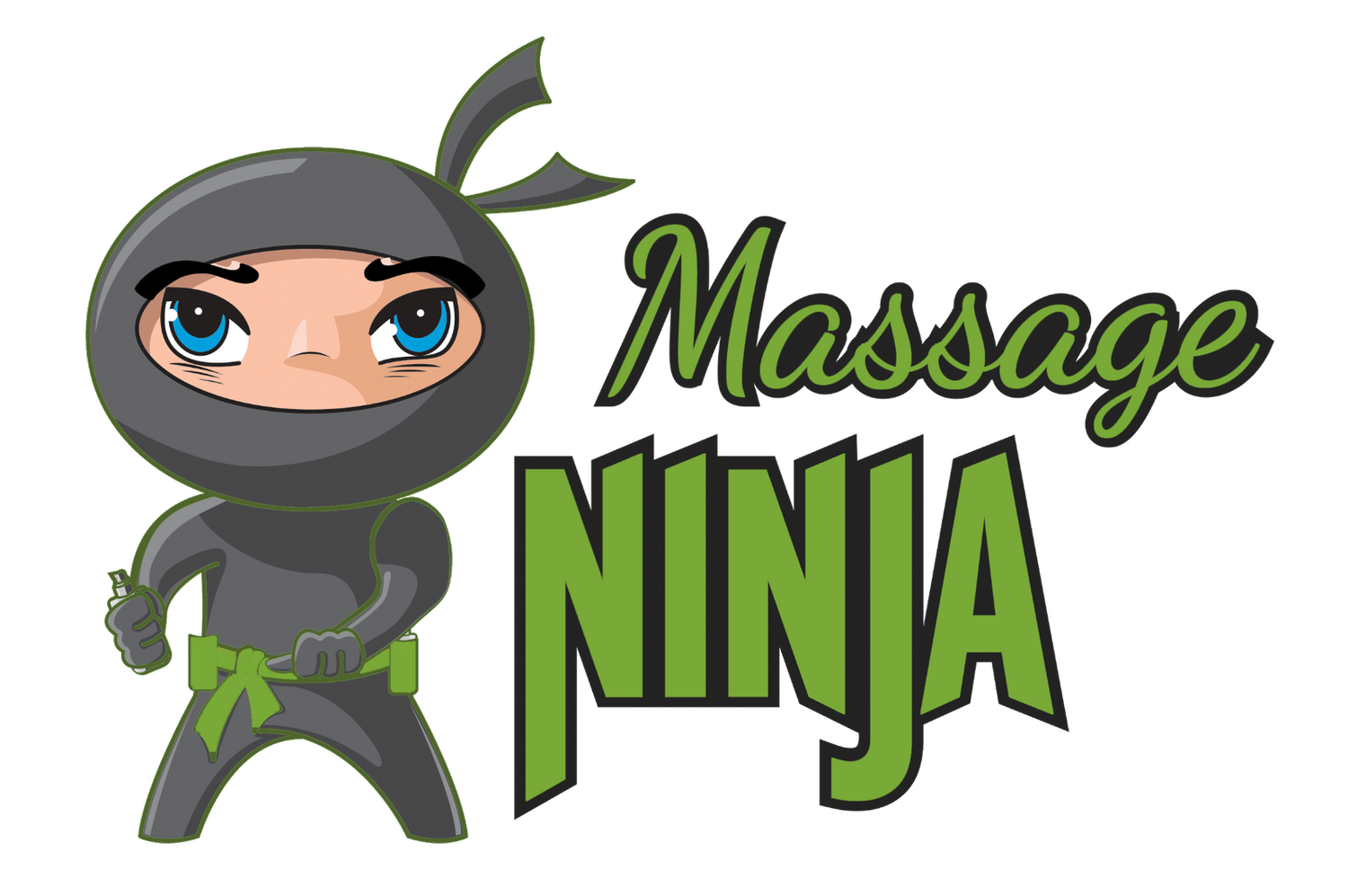MYOFASCIAL RELEASE
-
Myofascial (my-o-FASH-e-ul) release is a manual therapy technique often used in massage. The technique focuses on pain believed to arise from myofascial tissues — the tough membranes that wrap, connect and support your muscles.
-
You can think of fascia like a spider web. The stringy tissue is densely woven throughout your muscles, bones, nerves, arteries, veins and organs. Your fascia is one continuous structure throughout your body. Each part of your body is connected to it in some way. That’s why if there’s a snag in the tissue in one part of your body, it can cause pain in another part of your body.
Normally, fascia is flexible and stretchy. But it’s strong. It provides structural support to your body and protects your muscles. Fascia is usually able to move without any restrictions. When your body experiences any kind of trauma, your fascia loses its flexibility. It becomes tightened and more rigid. The tightness can lead to pain and loss of motion, which can affect your quality of life.
-
During myofascial release therapy, the therapist locates myofascial areas that feel stiff and fixed instead of elastic and movable under light manual pressure. The focused manual pressure and stretching used in myofascial release therapy loosen up restricted movement, leading indirectly to reduced pain.
-
Reduces soreness and improves tissue recovery. Improves neuromuscular efficiency. Increases blood flow.
-
*Myofascial pain syndrome: Myofascial pain syndrome causes pain in your connective tissues.
*Carpal tunnel syndrome: Carpal tunnel syndrome is a condition that causes pain, numbness and weakness in your hands and wrists.
*Low back pain: Low back pain is caused by strain to the muscles and tendons in your back. It causes a decrease in the motion and flexibility of your spine.
*Temporomandibular joint (TMJ) disorder: TMJ occurs when the muscles around the joints of your jaw become inflamed.
*Fibromyalgia: Fibromyalgia is a long-term (chronic) illness that causes muscle and joint pain.
*Chronic migraines: Chronic migraines cause frequent throbbing headaches.
-
*Physical trauma: From incidences such as falls, car accidents or whiplash.
*Scarring: From conditions such as frozen shoulder, burns or surgery.
*Inflammation: From conditions such as bursitis, osteoarthritis or plantar fasciitis.
*Compressed nerves: From herniated disks or carpal tunnel syndrome.
*Repetitive stress injuries: From heavy lifting or poor posture.


